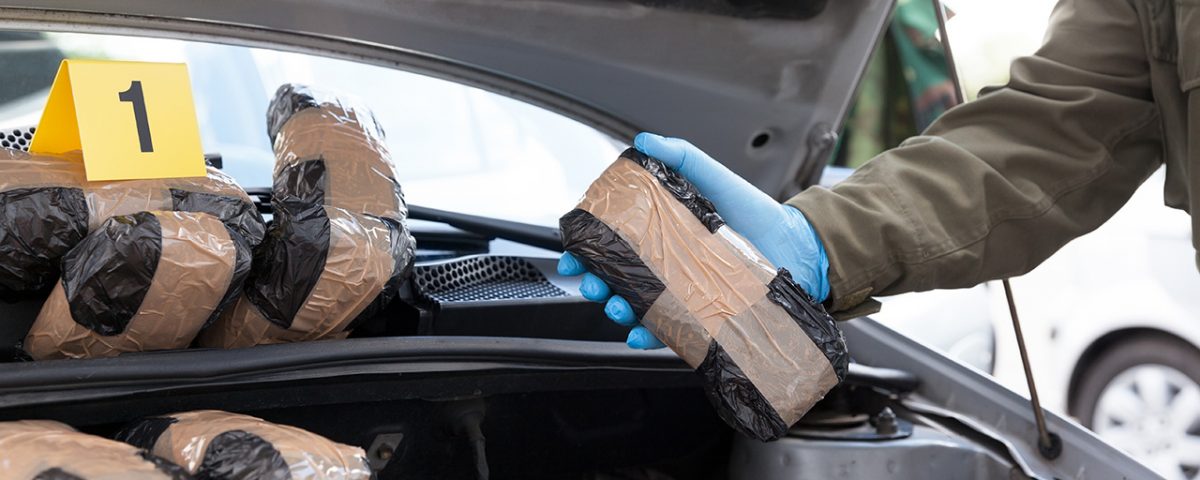As a substance abuse treatment center in Stuart, FL, we’re well aware of how far drug dealers and smugglers are willing to go to get their products to their customers.
However, a newer method of drug smuggling has been discovered: liquid cocaine. This newest version of the central nervous system stimulant has given drug smuggling a dangerously high-tech makeover.
What Is Liquid Cocaine and How Does It Work?
As you may have guessed, liquid cocaine is the liquid form of cocaine, a CNS stimulant also known as coke or crack. This version of the drug affects the body similarly to its powder and crystalline forms; however, the difference is in its doses. Liquid cocaine works by interfering with the release and reuptake of dopamine in the brain. Normally, dopamine is released by a neuron into the synapse, or the space between two neurons, where it binds to proteins called dopamine receptors. When this occurs, dopamine acts as a chemical messenger that carries a message or signal from one neuron to another. Then, another particular protein called a transporter removes the dopamine from the synapse to be recycled for future use. Drugs of abuse, including cocaine, can affect this process. Specifically, cocaine acts by binding to the dopamine transporter, preventing it from removing dopamine from the synapse. As a result, dopamine builds up in the synapse and produces intensified signals to the receiving neuron, otherwise understood as the rush of euphoria people experience immediately after use.
What Are the Side Effects of Liquid Cocaine?
In any form, cocaine is addictive because it causes dopamine build-up in the synapse or space between neurons. The effects of cocaine kick in immediately after use and can disappear anywhere between a few minutes and an hour. Some common effects of liquid cocaine include:
- Euphoria
- Increased energy and alertness
- Increased self-confidence
- Increased sociability
- Talkativeness
- Alertness
- Hypersensitivity to light, sound, and touch
As a stimulant, cocaine can also suppress your appetite. The faster it gets absorbed into the bloodstream, the more intense but short-lasting the resulting high. The duration of cocaine’s effects depends on how it’s used. For instance, snorting cocaine produces a slow onset of a high but can last anywhere from 15 to 30 minutes, whereas smoking cocaine produces more immediate side effects that may only last 5 to 10 minutes. Coke is highly addictive regardless of how it’s used. If you or someone you know is struggling with drug use of this kind, Banyan Stuart offers cocaine addiction treatment that can help.
What Is Liquid Cocaine Smuggling?
Liquid cocaine drug smuggling began in 2011 in South America. Liquid cocaine has allowed smugglers to avoid legal detection as they pass through airport customs. Drug “mules” or smugglers smuggle liquid cocaine by ingesting latex capsules, condoms, or wrappings filled with the drug. They may also spray the drug onto articles of clothing, which can later be extracted using a special solution. Because anti-drug agents and authorities don’t have the technology to detect this particular form of cocaine, agents are even receiving training to detect smuggling based on a person’s behavior. Given the reduced risk of detection and the small losses in product during smuggling, it’s not surprising that drug traffickers are increasingly using the liquid form of cocaine to move drug shipments.
However, aside from the fact that drug smuggling is illegal, mules also risk experiencing a cocaine overdose when they move shipments. When ingested, it’s possible for the small latex bags holding the drug to burst, flooding the person’s system with high doses of the drug. The risk of death is also high because of the ingredients cocaine is often cut with, including ethanol, acetone, gasoline, ether, chloroform, sulphuric acid, kerosene, lime, hydrochloric acid, and even fentanyl.
Unfortunately, while authorities suit up in the fight against drug trafficking, dealers are finding more ways to move the product. For instance, a newer method to transport cocaine is using “cream cocaine,” which is cocaine hidden in shampoos, hair conditioners, or lotions.
Regardless of how it’s used, cocaine is a highly potent, dangerous, and addictive substance that can lead to addiction. Banyan Treatment Centers Stuart has years of experience treating individuals with drug addictions, and we can help you recover as well. Whether it’s for yourself or a loved one, call us at 888-280-4763 to learn more about our Florida drug and alcohol treatment.
Related Readings:









